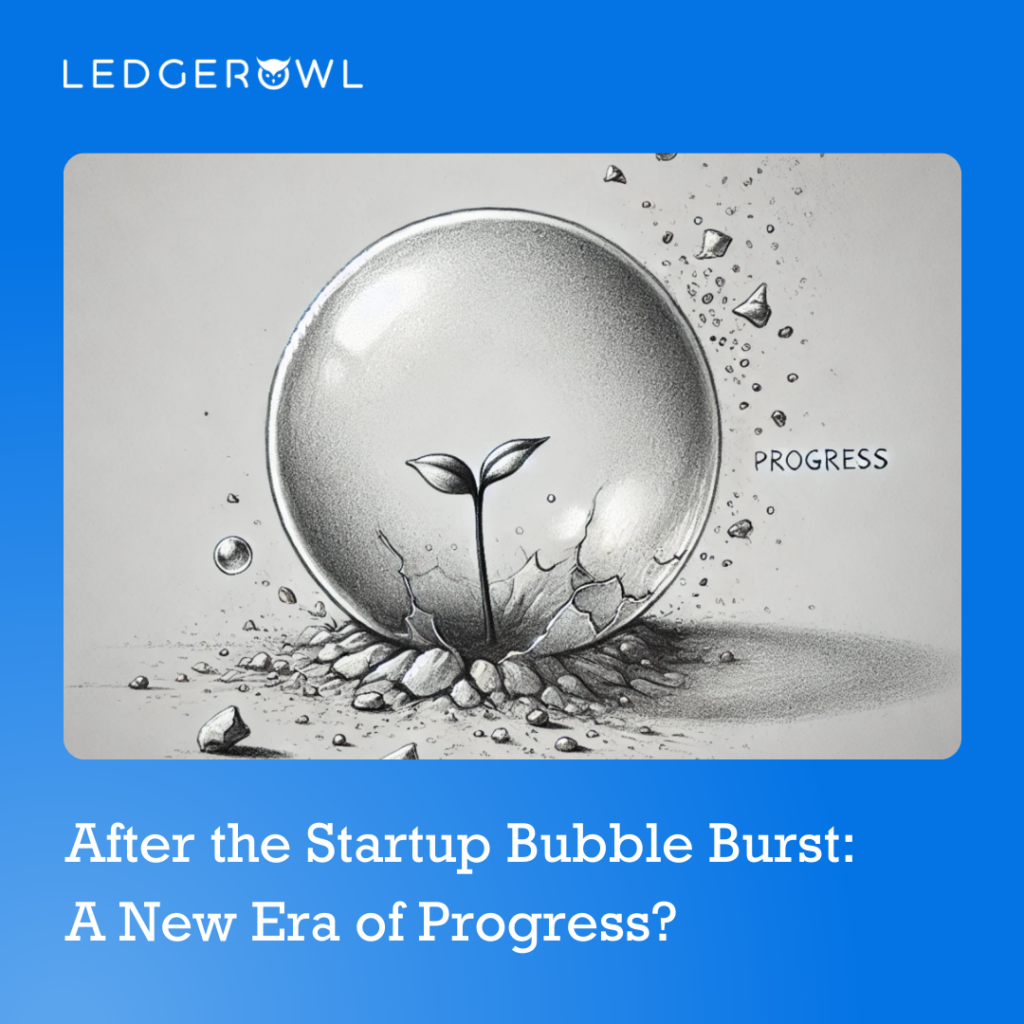Not long ago, tech startup were the darlings of the pandemic economy. Companies like Zoom and Netflix watched their market values soar as the world embraced remote work, streaming, and digital connectivity during what many deemed a “black swan” event. But, as we’ve learned time and again, change can happen in an instant.
The days of easy money from venture capital firms feel like a relic of the past in today’s high-interest rate, inflation-driven market. Once high-flying startups are now stumbling, scrambling to survive amid growing economic headwinds. To stay afloat, cost-cutting has become the name of the game.
Private investors, once eager to fund startups with little to no profit in sight, are now showing signs of caution. Even venture capitalists, previously undeterred by the long road to profitability, are re-evaluating their bets as startup valuations dip and the specter of down-rounds looms large.
This shift has not spared Indonesia, a thriving hub for Southeast Asia’s burgeoning tech scene. Since early 2022, every startups in the country I came across have taken drastic measures to safeguard their future. The question lingers: does the burst means the beginning of real progress?
The Inevitable Burst
The tech industry is no stranger to boom and bust cycles. The dot-com crash of the early 2000s still echoes as a warning for today’s founders and investors. In more recent times, venture funding soared to staggering heights. According to reports, in January 2019 alone, funding hit $26.9 billion, climbing to a yearly high of $143 billion. The pandemic of 2020 initially seemed to threaten this growth, but that anxiety was short-lived. Startups thrived, and investors quickly adapted, pushing funding to even more extreme levels.
By 2021, more than 500 startups worldwide crossed the coveted $1 billion valuation mark. It was the age of meme stocks, cryptocurrencies, and NFTs, with some economists optimistically predicting a “Roaring Twenties” led by tech.
Yet, the bubble’s fragility became starkly apparent in 2022. Rising interest rates, surging inflation, and geopolitical tensions – notably the war in Ukraine – shook the foundations of the industry. Tech stocks plummeted, initial public offerings dried up, and startup investment stalled.
Indonesia’s Roller Coaster
Indonesia’s economy has historically been resilient, powered by robust domestic consumption. During the 2008 global financial crisis, the country emerged relatively unscathed. But 2022 tells a different story for its tech sector. While some startup sectors thrived, others were hit hard.
Startups, which once aggressively chased growth using venture capital funding, are now retrenching. Glints, a well-known job platform, laid off 18% of its 1,100 employees. Sayurbox, an online grocery platform, let go of 5% of its staff to become a financially independent company. Even industry powerhouses like GoTo and Ruangguru have not been immune, announcing substantial downsizing in their quest for profitability.
For those startups that managed to retain their workforce, the burden of salaries loomed large, straining cash flows and accelerating the need for cost-cutting. In this new landscape, the jobs once tied to aggressive growth strategies are the first to disappear.
However, attributing the layoffs solely to high salaries would be shortsighted. The high compensation packages were a response to fierce competition for top talent. That trend has since faded, a casualty of the broader market correction.
Progress in the Wake of Collapse?
So, does the bursting of the startup bubble signal failure, or could it be an engine for progress? Historically, market euphoria has played an essential role in driving innovation. Without the excitement and attention of a bubble, how else could founders convince investors and talent to rally around seemingly crazy ideas? True, things can get messy, and the collateral damage – people losing jobs and savings – is real and often devastating.
Yet, the bursting of the bubble may also mark the beginning of a healthier tech ecosystem. In the aftermath of the dot-com crash of the late 1990s, giants like Amazon, PayPal, and eBay emerged from the rubble to reshape the digital economy. Similarly, today’s correction could pave the way for a more sustainable future.
In Indonesia, the current downturn could catalyze consolidation and strategic pivots. Startups may turn to mergers, tighten their operations, and forge new partnerships with venture capitalists who share a more grounded vision for growth. With funding still available – albeit under stricter conditions – early-stage startups may find themselves building on firmer foundations.
Layoffs, while painful, have prompted many companies to return to their core business principles, focusing on sustainability over vanity metrics. The high salaries of the past were a symptom of a bubble, not its cause. Now, the industry has the opportunity to reassess what truly matters: profitability, sound business models, and long-term impact.
Perhaps the oft-repeated joke, “This time is different,” carries a hint of truth. The current wave of recalibration could be what the startup world needs to balance ambition with realism. Progress, it seems, often requires navigating the fallout of a bubble burst – a harsh but necessary part of the business cycle.
As we sift through the wreckage, one thing is clear: this moment of reckoning is not an end but a redefinition of what it means to build, grow, and succeed in the tech industry.
